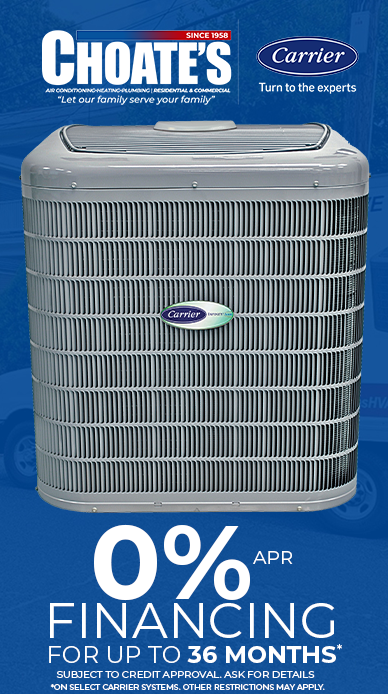901 755 4797
How to Prevent Pipes From Freezing
Winter brings with it freezing temperatures that can pose a serious risk to your home’s plumbing system. When water inside the pipes freezes, it expands and can cause the pipes to burst, leading to costly damage. To avoid this potential disaster, it’s crucial to take preventive measures and winterize your home. In this article, we’ll share six proven ways to prevent frozen pipes and keep the water running smoothly throughout the cold weather. Choate’s HVAC And Plumbing can help you protect your home all season long. Explore these expert tips and learn how to prepare your pipes for winter.
1. Disconnect and Drain Garden Hoses
Before winter arrives, start by disconnecting your garden hoses and draining any remaining water. Close the shut-off valves that supply outdoor hose bibs and leave the outdoor faucet open to allow any residual water to drain. For extra protection, consider using faucet covers throughout the colder months. It’s also important to drain water from any sprinkler supply lines following the manufacturer’s directions.
2. Insulate Exposed Pipes
Insulating your pipes is an effective way to prevent freezing. Pipe insulation is readily available at home improvement stores and is relatively inexpensive. Pay close attention to pipes in unheated areas such as the attic, basement, crawl spaces, or garage. Apply foam insulation generously to create a buffer against the cold. You can also wrap your pipes in heat tape or thermostat-controlled heat cables for added warmth.
3. Seal Air Leaks
Inspect your home for any cracks or openings that could let in cold air. Seal any holes around the piping in interior or exterior walls, as well as the sill plates where your home rests on its foundation. Additionally, make sure to keep your garage door closed unless you’re entering or exiting. Leaving it open creates a significant air leak that can lead to frozen pipes.
4. Allow Warm Air Circulation
During cold snaps, it’s essential to allow warm air to circulate evenly throughout your home. Leave interior doors ajar to promote better airflow. Open kitchen and bathroom cabinets to help distribute heat consistently around the rooms. If you have small children or pets, be sure to remove any household chemicals or potentially harmful cleaners from open cabinets for safety.
5. Let Faucets Drip
A small trickle of water can make a big difference in preventing ice formation inside your pipes. When temperatures drop significantly, start a drip of water from all faucets served by exposed pipes. This continuous flow helps prevent the water from freezing. Additionally, running a few faucets slightly can relieve pressure inside the pipes, reducing the chances of a rupture if the water inside does freeze.
6. Maintain a Consistent Temperature
Setting your thermostat to maintain a consistent temperature throughout the day and night is crucial during extreme cold spells. While it’s tempting to lower the thermostat at night or when you’re away to save on heating costs, doing so increases the risk of frozen pipes. Keep your thermostat at a steady temperature to keep the pipes from freezing. If you’ll be away from home during cold weather, ensure that the thermostat is set to at least 55°F to prevent freezing.
Keep Your Pipes Safe All Winter Long
By following these six proven methods, you can significantly reduce the risk of frozen pipes and protect your home from potential water damage. Remember, if you suspect that your pipes have already frozen, it’s important to turn on the faucet and call Choate’s HVAC And Plumbing for assistance at 901-755-4797. Avoid attempting to thaw a pipe that has burst, as this can lead to further damage.
Stay proactive, take preventive measures, and enjoy a worry-free winter knowing that your home is well-protected against frozen pipes.
How to shutoff water line?
Watch this instructional video on how to shutoff your water to your home in case of an emergency.


